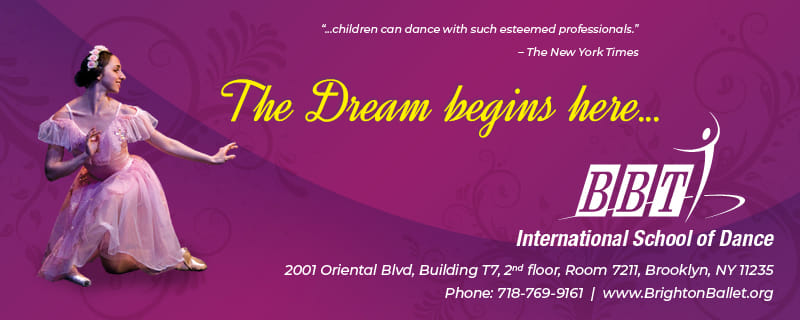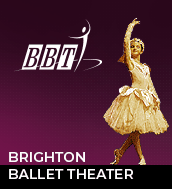|
What Are the Benefits of classical Ballet for Kids?
When it comes to their kids, parents want them to have the best.
Exposure to things like sports and the arts help them to become more
well rounded young men and women. Have you thought about ballet?
Kids are into all sorts of afterschool sports and other activities like
piano and violin lessons. Dancing is a great medium for both girls and
boys. And, they can start very young.
Classical ballet may have been pushed aside in favor of tap dancing,
hip-hop, jazz, Latin dance and other forms. But, did you know that beginning with
ballet will help with these other types of dancing, acting, modeling and
some sports as well?
Ballet dancers make it look effortless as they move across the stage.
From the lifts to the toe points, many wonder how they can do it. Your
kids can also be a part of this through the practice of classical
ballet.
- They learn to follow instructions;
- They gain a sense of discipline
through learning new positions and steps;
- They learn co-ordination, balance
and how to control their bodies in motion;
- They are active and getting daily
exercise;
- They become comfortable performing
before groups;
When a child is young, learning new things is easier for them.
They can adapt and learn more quickly than when they are older.
So, once a child begins in ballet at an early age, they are not
only learning a valued art form but also getting trained for the
life that is ahead of them.
This is just the beginning, though. As a child continues to
pursue ballet, you will see more benefits emerging - especially
when they become adolescents and into the teenage years.
- They develop long, lean and strong
muscles from the practice of ballet
- They gain a sense of
self-confidence and pride in their bodies and what they can
accomplish
- They learn how to work to get what
they want out of their performance
- The skills learned in ballet are
useful for other forms of dancing like tap or jazz if they want
to take that up later
- They learn about proper nutrition
to keep their bodies in shape so they can dance
Maybe you've never considered ballet as an afterschool activity
before. Now that you are aware of some of the wonderful benefits
of this form of dance you have another option for your children.
Who knows, one day they could be dancing across stages all over
the country and beyond.
|
Ballet
- Article
From Wikipedia, the free encyclopedia |
| |
|
General information |
|
 |
| |
|
Ballet by genre |
|
| |
|
Ballet by region |
|
| |
|
Ballet technique |
|
| |
|
Ballet apparel |
|

The Vaganova method is a method of teaching classical ballet that was founded by
Agrippina Vaganova and developed into an exact science by her pedagogical pupil
for over 30 years, Vera Kostrovitskaya and countless other teachers in the
decades following Vaganova's death in 1951. Therefore, it is really a misnomer
to call it that, as she meant for it to be called the teaching of classical
dance. It is in the mistranslation of the title of her book, "Basic Principles
of Russian Classical Dance" that it is implied that it is her method. She
actually titled her book: "The Foundation for Dance." It is combination of the
finest of the esthetics and physical results of strength, from French, Danish,
and Italian schools, the method has produced many of the world's best dancers
and continues to do so today. Vaganova is known for founding the Soviet System
of Ballet Education, but her and Kostrovitskaya's teaching method has developed
into the applied laws of physics and the core of the teaching does not need to
be constantly revised and modified, as other ways of teaching that are not
scientific. The method is still used worldwide.
The method demands precision in instruction, including how to teach, when to
teach, how much of each exercise to give and for how long and when to change
forms. Its results in addition to sound technique are a strong lower back,
plasticity of the arms and the exact amount of strength, flexibility and
endurance in the muscle needed to execute one of the most difficult movements
known to ballet - that of the classical pas de deux. It is still widely in use,
being the most common ballet teaching method in Russia and parts of Europe. It
is also popular in North America and other parts in the world.
|

